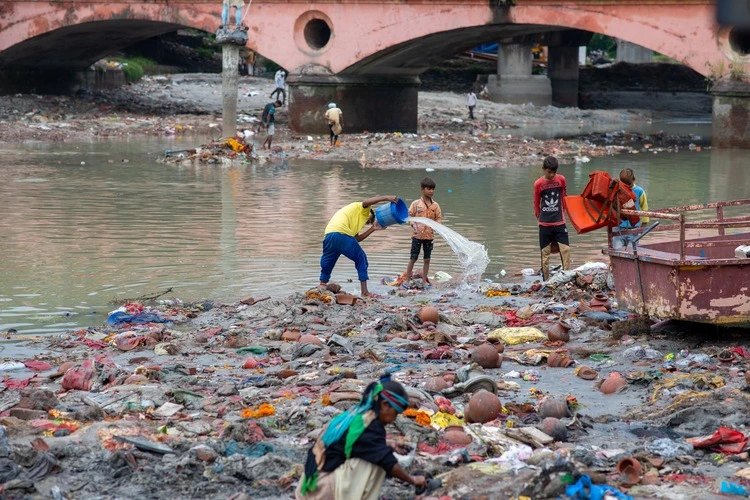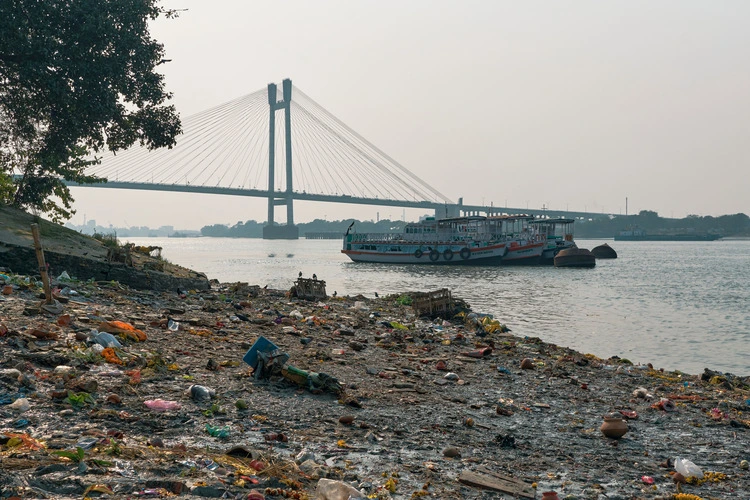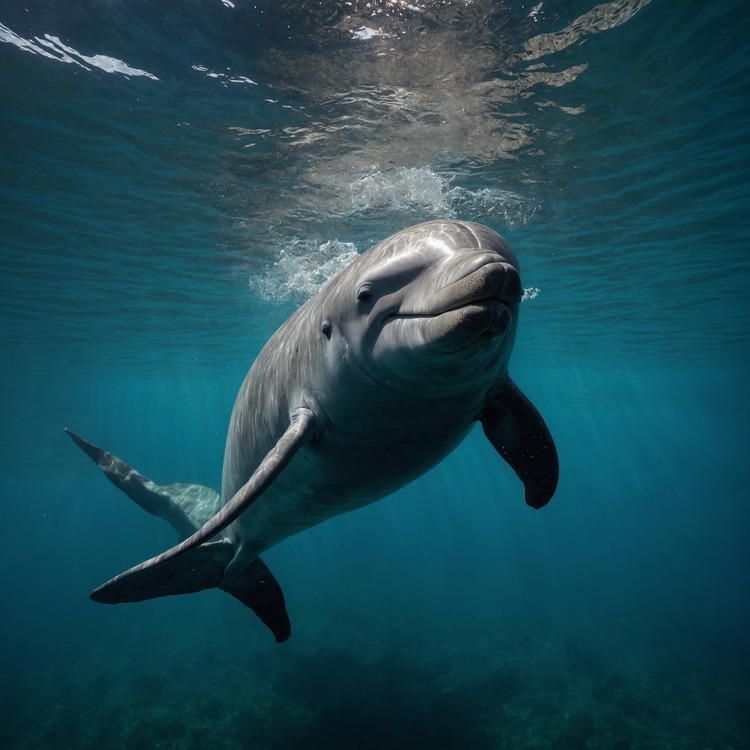
Polluted with waste, the Ganges River is being cleaned by a billion-dollar programme – but are the efforts to clean it working?
By
Three billion litres. That’s the amount of sewage produced by the towns and cities each day surrounding the Ganges River in India – equivalent to 1,200 Olympic-sized swimming pools.
Polluted by large volumes of waste, the quality of water in the Ganges River has deteriorated in recent years, prompting the Government of India to launch the Namami Gange to revitalise it. Along with the transmission of diseases that can occur in the river’s polluted waters, its cultural and spiritual significance means curbing the pollution in its waters is even more vital.
But what exactly is the Namami Gange, and are its efforts to tackle pollution in the river going to help?
What is the programme?
Launched in 2014 with an initial $4 billion of investment, the Namami Gange is a programme spearheaded by the Indian Government focusing on tackling the untreated sewage and industrial effluent flowing into the Ganges.
Enjoying this article? Check out our related reads:
Since 50 major Indian cities are near its main stem, the Ganges is faced with both domestic and industrial sewage that can severely impact human and marine health.
To tackle this, one of the pledges of the Namami Gange is to incorporate the rehabilitation of existing sewage treatment plants.
Planting and growing native trees along the water is a measure being taken within the programme to combat pollution too. Acting as barriers, these trees can then prevent pollutants and sediment from entering the river, as well as doubly acting as carbon stores.

The effects of unsustainable farming can also have an impact on the Ganges. If farmers use chemical fertilisers, these can then run off into the river basin and further pollute it.
Instead, farmers are being encouraged to use more sustainable practices, opting for cow dung and plant extracts. In turn, these methods make soil more moist, meaning that over-extraction of river water can be reduced too.
On the wildlife front, the programme has also sought to educate local communities on ecosystem conservation and restoration. Species including the Ganges River dolphin, softshell turtles and otters are targets for restoration under the Namami Gange.
Is it working?
In 2022, the UN recognised the Namami Gange as one of 10 pioneering efforts to revive the natural world. Now marked as a ‘World Restoration Flagship’, the programme is eligible to receive UN support as well as funding and technical expertise.
But despite this recognition, some remain sceptical of the UN’s decision and the actual reality of the programme. Firstly, the UN did not publicise the criteria that it followed to come up with these ten winning initiatives. And secondly, vast amounts of taxpayer money has gone into cleaning the Ganges River, but activities still continue to mar its health.
Illegal sand mining and riverfront development projects – such as properties being built on the river’s floodplains for tourism purposes – occur in the river. And according to some scientists, a lack of focus on the smaller tributaries and stream offshoots of the Ganges has also meant that some of the river’s cleanup efforts have failed.

Another major issue of the Namami programme is the decision made under it to make many of the villages around the river open defecation free (ODF). Although in theory this might appear to curb the waste going into the Ganges, the poorly-managed toilet systems in the region mean they quickly overflow with waste and villagers resort again to defecating near the river. In turn, this makes the efforts to halt pollution in the river’s waters far more difficult.
However, despite these issues, the programme has also had its successes too. Since its inception, it been able to turn 30,000 ha of land into forests near the river, green spaces hoped to sequester 15 million tons of carbon by 2030, as well as helping to prevent sediment and pollution run into the river.

Two hundred sewerage infrastructure projects – such as sewage treatment plants – have been sanctioned under the programme, with a total of 116 projects now completed and made operational. In addition, 11 locations along the Ganges now have river surface cleaning, where the collection of floating solid waste is performed.
Species including the Ganges River dolphin are also benefitting from the Namami Gange. Now equipped with the knowledge of how to untangle dolphins from fishing nets, fishermen are able to rescue dolphins and release them into the wild. The hilsa shad, consumed as food, has reportedly returned to parts of the river.
Ultimately, even though there have been advances made under the Namami Gange programme, there is still much work to be done to save the Ganges from pollution. With 105,000 ha hoped to be restored in the next six years, as well as revitalising the entire river’s vast 2,525km length, the road to a clean Ganges is one paved with complexity and hard work.




